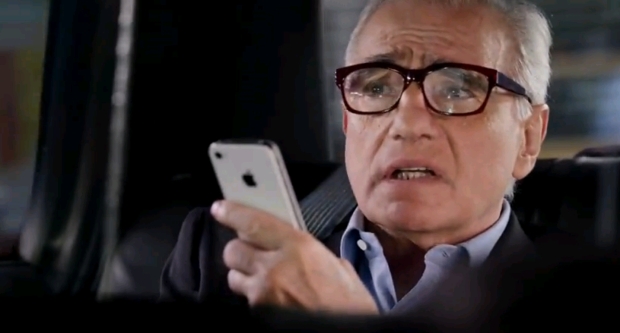In a New York Review of Books essay, Martin Scorsese sums up the new literacy:
“Now we take reading and writing for granted but the same kinds of questions are coming up around moving images: Are they harming us? Are they causing us to abandon written language?
We’re face to face with images all the time in a way that we never have been before. And that’s why I believe we need to stress visual literacy in our schools. Young people need to understand that not all images are there to be consumed like fast food and then forgotten—we need to educate them to understand the difference between moving images that engage their humanity and their intelligence, and moving images that are just selling them something.
As Steve Apkon, the film producer and founder of the Jacob Burns Film Center in Pleasantville, New York, points out in his new book The Age of the Image, the distinction between verbal and visual literacy needs to be done away with, along with the tired old arguments about the word and the image and which is more important. They’re both important. They’re both fundamental. Both take us back to the core of who we are.
When you look at ancient writing, words and images are almost indistinguishable. In fact, words are images, they’re symbols. Written Chinese and Japanese still seem like pictographic languages. And at a certain point—exactly when is ‘unfathomable’—words and images diverged, like two rivers, or two different paths to understanding.
In the end, there really is only literacy.”

